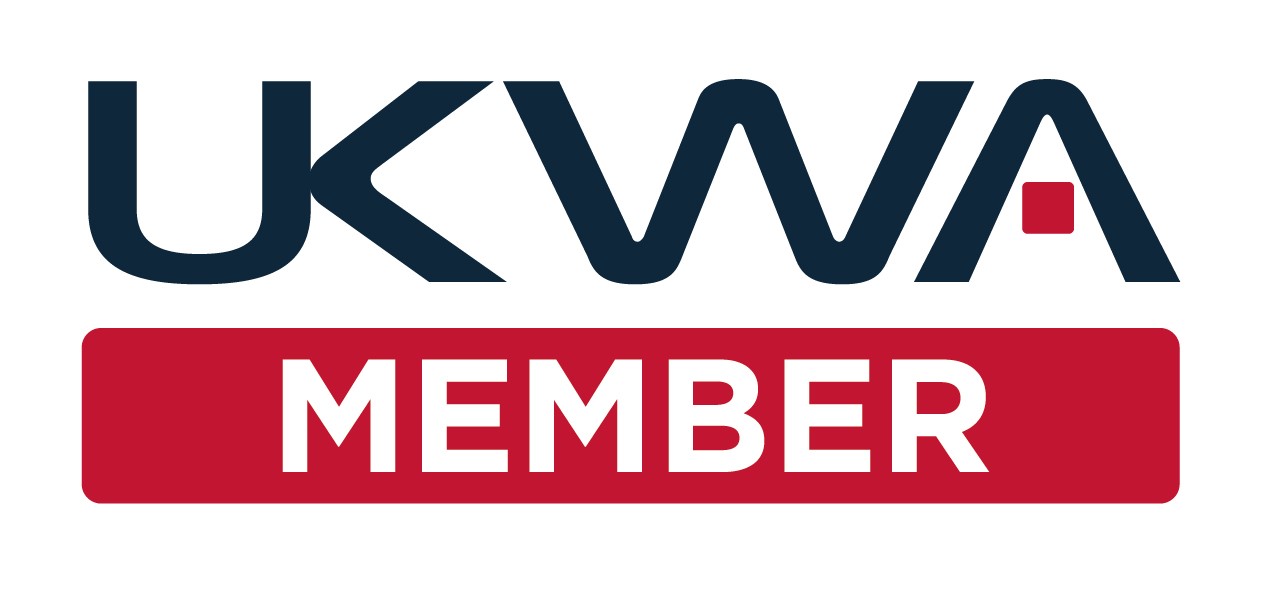Did You Struggle With The Christmas Peak?
Did You Struggle With The Christmas Peak?
Did Your business struggle with the Christmas peak?
Planning For The Next One Starts Now!
 Consider a WMS now to avoid a ‘Nightmare Before Christmas’
Consider a WMS now to avoid a ‘Nightmare Before Christmas’
As the memories of overindulgent festivities recede, you might be reviewing how well you coped with the seasonal rush. If your business’s pre-Christmas crescendo went without a hitch, you might be reviewing a job well done. Others may still be wondering what went wrong, with their thoughts turning to potential solutions – such as WMS – that could help them avoid a recurrence of the ‘Nightmare Before Christmas’. Those that start planning changes now will maximise the time available to get everything ready before things get busy again in the late summer and autumn.
 Plan for those year-end, seasonal demand peaks
Plan for those year-end, seasonal demand peaks
For a business that peaks at the year end, several factors coincide. Firstly, extra seasonal demand means you need to carry higher levels of stock. This puts a strain on warehouse capacity and, unless overflow storage is organised, can result in chaotic storage arrangements with the usual systems of location and retrieval abandoned in order to accommodate the extra peak stock.
 Additional staff to handle more stock volumes
Additional staff to handle more stock volumes
Secondly, bigger demand means you need to recruit additional staffing to handle anticipated volumes. In some cases, this could mean expanding your normal workforce by 100%, usually with personnel unfamiliar with your business. Even with previous warehouse experience they probably won’t know your operation, and it may not be possible to provide more than basic instruction on procedures.
Add to this the sheer volume of additional orders, perhaps at unanticipated levels, and problems start to occur. Your regular staff who are normally highly productive will be less so because they’re trying to maintain procedures and ‘keep the ship running’ while also assisting seasonal staff. They in turn are still learning on the job and potentially struggling to meet hoped-for productivity targets.
 Planning allocated warehouse space for stock turns
Planning allocated warehouse space for stock turns
Depending on the length of your peak season you may also experience several stock turns, especially for the faster moving lines. Because of this you’ll constantly be juggling space and trying to ensure that despatches happen fast enough to create space for new stock receipts. This, and the potential breakdown of normal storage procedures, can lead to various problems including issues of rotation.
 Avoiding warehouse inventory pick errors
Avoiding warehouse inventory pick errors
Add to these factors the likelihood your staff will be working extended hours. Tiredness then begins to affect performance, and mistakes which might normally be spotted and rectified start to creep in. Stock is harder to find because normal procedures have stalled or been abandoned, adding to productivity issues, while untrained personnel inevitably incur more pick errors relating to product, batch and quantity.
 So how can it all be different?
So how can it all be different?
Without doubt there are numerous factors involved here, including pre-planning, correct procedures, training and the systems used to manage your stock operation. A warehouse management system alone will not, of course, magically remove all the potential issues without other vital activities taking place. However, if there is a key element to this, it is using a system that specifically manages the problems of handling physical stock.
 Physical stock problems are made for Christmas!
Physical stock problems are made for Christmas!
Because ‘physical stock problems’ are basically what the Xmas rush is all about, a system that can manage these issues all year round at quieter times is the best thing to assist you at times of peak demand. A system which routinely imposes procedural discipline to create accuracy and productivity should be the safeguard that ensures these things are maintained at periods of exceptional activity.
 ‘Smart’ warehouse storage planning
‘Smart’ warehouse storage planning
Even when put under strain there are many ways such a system can handle more challenging situations. This can include the creation of additional, but still system-managed, temporary storage locations and the relaxation of certain handling rules or pick processes without affecting accuracy. A definite advantage is the ability for temporary staff to be made ‘operation-ready’ by using an instructed picking app to ensure everything they do is accurate.
 WMS implementation doesn’t need to disrupt operations
WMS implementation doesn’t need to disrupt operations
One of the things that deters companies from implementing a system that would minimise peak period disruption is the (often wrong) idea that doing so is a disruptive and prolonged process. Even the most advanced WMS can be easier to configure and implement than previous-generation products. That will help but few businesses have the luxury of a completely “quiet” period, so it clearly makes sense to make any changes when there is minimal risk of disruption. For businesses with a Christmas peak, that means getting everything done early in the year and there is no better time to start than now.
Of course, careful planning and a clear strategy will be critical and experienced suppliers will help you through the process with advice and support at every step. They have probably done it all before and there is very little that will surprise them.
Previous Article
WMS: Not Just for Christmas – Especially This Year!Next Article
Meeting the Challenge of the 'New Normal'We'll assume you're OK with this, but you can opt-out if you wish.Accept Reject Read More






